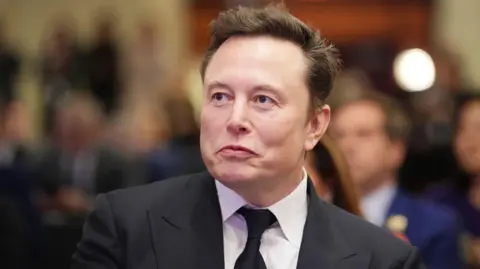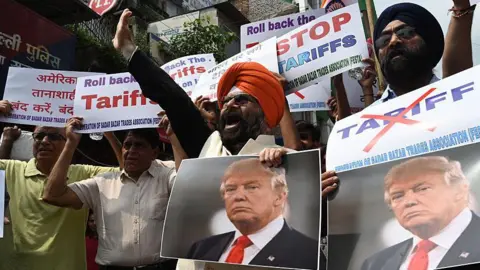Ola Electric’s impressive rise has given way to lurking issues, prompting concerns about its future in India's burgeoning electric vehicle (EV) market. Established in 2010, Ola's expansion into the EV space aimed to position it as a formidable competitor to industry giants, especially with ride-hailing roots embedded in the brand. Backed by big-name investors including SoftBank and Tiger Global, the company enjoyed significant success with its initial public offering (IPO), raising nearly $734 million last year.
However, the bloom has quickly faded as sales volumes for Ola’s electric scooters have fallen by over 50% since last year. Reports indicate that Ola Electric has lost about 70% of its market valuation within just seven months post-IPO, primarily due to intense competition from longstanding manufacturers and strict regulatory scrutiny.
Troubling incidents have surfaced, with customers sharing videos of malfunctioning scooters—some catching fire and others failing during rides. This has resulted in a governmental inquiry into allegations around showrooms’ licenses and discussions with vendors, who have reportedly faced payment delays, leading to severed partnerships. Ola has since instituted job cuts and restructured operations to mitigate losses, navigating a turbulent corporate climate.
Critically, Ola's R&D and marketing strategies have come under fire. Analysts point to rushed product launches without substantial modifications, particularly with its first scooter, which reportedly duplicated designs from acquired Dutch startup, Etergo. Furthermore, safety concerns have proliferated, raising questions about the integrity of its engineering processes and customer service failures amid an avalanche of complaints.
Efforts to turn this ship around include aggressive discount pricing and a push for new models, but mounting losses—$65 million last quarter—cast doubt on the effectiveness of these measures. While Ola claims to have retained a share of 30% of the market, skepticism remains high as competitors with a trusted service promise outpace them in sales.
As employees exit and investor confidence wanes, Ola's ambition of supporting India’s green transition becomes increasingly jeopardized. The company appears poised at a crossroads; it must address internal challenges and enhance customer relationships while continuing to innovate or risk becoming a cautionary tale in the competitive landscape of electric transportation.






















